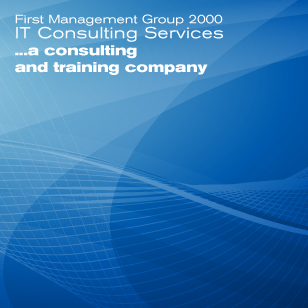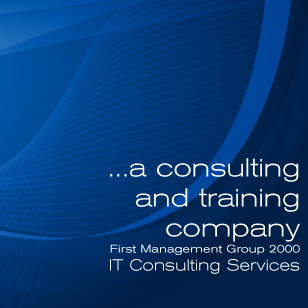| Oficinas en México |
|
|||||||||
   |
||||||||
Oracle Real Application Clusters (RAC)IT Consulting ServicesOracle Real Application Clusters (RAC), introduced with Oracle9i in 2001, supersedes the Oracle Parallel Server (OPS) database option. Whereas Oracle9i required an external clusterware for most of the Unix flavors (except for Linux and Windows where Oracle provided free clusterware called Cluster Ready Services or CRS), as of Oracle 10g, Oracle's clusterware product was available for all operating systems. With the release of Oracle Database 10g Release 2 (10.2), Cluster Ready Services was renamed to Oracle Clusterware. When using Oracle 10g or higher, Oracle Clusterware is the only clusterware that you need for most platforms on which Oracle RAC operates (except for Tru cluster, in which case you need vendor clusterware). You can still use clusterware from other vendors, if the clusterware is certified for Oracle RAC.DBA to install, configure and maintain Oracle RAC is a cluster database with a shared cache architecture that overcomes the limitations of traditional shared-nothing and shared-disk approaches to provide highly scalable and available database solutions for all your business applications. Oracle RAC is a key component of Oracle's private cloud architecture. Oracle RAC support is included in the Oracle Database Standard Edition for higher levels of system uptime. In RAC, the write-transaction must take ownership of the relevant area of the database: typically, this involves a request across the cluster interconnection (local IP network) to transfer the data-block ownership from another node to the one wishing to do the write. This takes a relatively long time (from a few to tens of milliseconds) compared to single database-node using in-memory operations. For many types of applications, the time spent coordinating block access across systems is low relative to the many operations on the system, and RAC will scale comparably to a single system. Moreover, high read-transactional databases (such as data-warehousing applications) work very well under RAC, as no need for ownership-transfer exists. (Oracle 11g has made many enhancements in this area and performs a lot better than earlier versions for read-only workloads. The overhead on the resource mastering (or ownership-transfer) is minimal for fewer than three nodes, as the request for any resource in the cluster can be obtained in a maximum of three hops (owner-master-requestor). This makes Oracle RAC horizontally scalable with many nodes. Application vendors (such as SAP) use Oracle RAC to demonstrate the scalability of their application. RAC may require careful application partitioning to enhance performance. An application that scales linearly on an SMP machine may scale linearly under RAC. However, if the application cannot scale linearly on SMP, it will not scale when ported to RAC. In short, the application scalability is based on how well the application scales in a single instance. |
||||||||